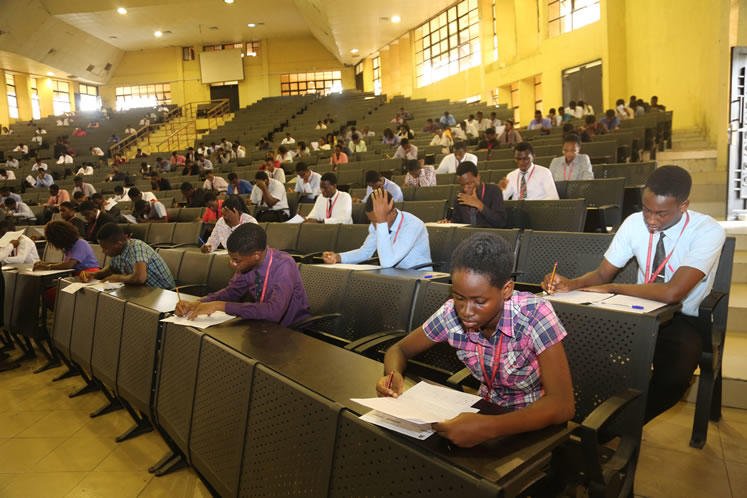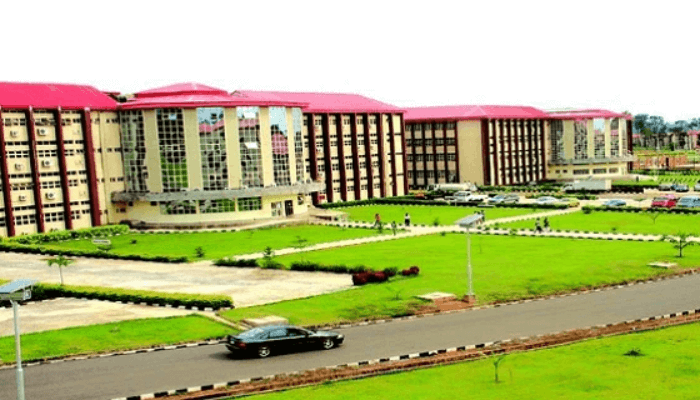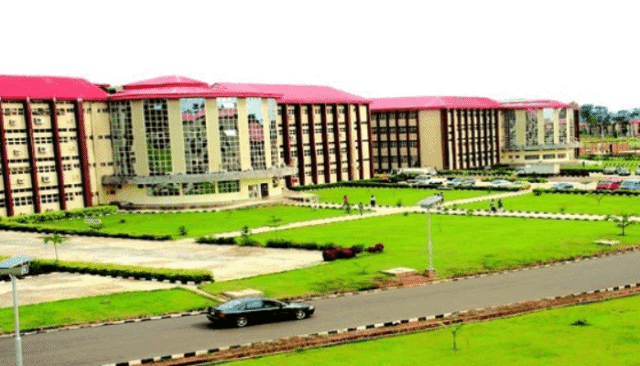Nigeria stands at a defining moment. With a youth bulge on one side and unemployment creeping near 33 percent on the other, the country is staring squarely at a looming talent crisis—a serious mismatch between the skills our graduates possess and what the marketplace urgently demands.
While universities are producing batch after batch of graduates, industries are still raising alarms over the glaring lack of practically trained, technically proficient manpower. Meanwhile, our polytechnics—originally established as the lifeblood of Technical and Vocational Education and Training (TVET)—are being steadily upgraded into universities, thereby diluting their mandate and eroding the technical spine of our workforce.
It’s high time Nigeria paused the unchecked elevation of institutions and instead embraced a structured, balanced strategy—one that preserves the unique strengths of universities and revives polytechnics as engines of practical skill. This approach, I argue, is the key to wresting the talent crisis into submission and unlocking sustainable national development.
Table of Contents

The Root of the Problem: Drifted Focus and Broken Education Ecosystem
1. The Decline of Practical Training
Polytechnics were set up to produce technicians and middle-level technologists. Yet, the wave of converting them into universities has shifted focus away from hands-on training. Consequently, sectors like construction, manufacturing, ICT, and renewable energy bemoan an acute shortage of skilled workers—even as graduates roam jobless.
2. Theory Without Application
Our universities often lean heavily on textbook knowledge, with insufficient emphasis on real-world applications. Students graduate with piles of theory but little practical mastery, leaving industries disappointed with their readiness level.
3. A Talent Drain in Motion
Nigeria’s best and brightest lecturers are increasingly relocating abroad, lured by better pay and more robust research environments. This brain-drain is robbing our higher institutions of the dexterity and dynamism they desperately need.
4. Glut of Institutions, Dearth of Quality
Between February 2024 and February 2025, the number of universities in Nigeria rose from 272 to 283. Far from being a success story, this proliferation has worsened funding problems—spreading scarce resources thinner, while institutions still lack basic infrastructure and research capacity. UNESCO recommends that 15-20 percent of a national budget go to education, yet Nigeria devotes barely 8 percent.
International Playbook: What Works Elsewhere
Here’s how other nations have weathered similar storms and designed institutions to drive development:
Germany’s Dual Education System
Over 50 percent of students enrol in vocational or technical programmes. A robust blend of classroom theory and workplace apprenticeship has kept youth unemployment low and powered industrial strength.
India’s Skill India Mission
With initiatives like Skill India, universities such as IIT Madras partner with industries to design practice-based postgraduate courses. Their incubation centres and corporate-led curriculum design tackle the skills gap head-on.
China’s Polytechnic-Industry Nexus
Shenzhen Polytechnic, for example, collaborates with Huawei to craft technically advanced training programmes, feeding directly into the nation’s industrial and technological growth.
These models show that nurturing distinctive but complementary roles for universities and polytechnics can turn a nation’s education system into a powerhouse.

Nigeria’s Next Move: A Structured Reform Agenda
What follows is a bold, structured roadmap for education reform—designed to be both practical and transformative.
1. Reaffirm Polytechnics’ Purpose
- Stop indiscriminate conversions of polytechnics into universities.
- Rejuvenate their TVET focus with modern labs, workshops, and simulation hubs, through collaborations between the government and the private sector.
2. Rebuild Industry-Academia Bridges
- Equip polytechnics with industry-shaped curricula developed in partnership with private sector organisations.
- Institutionalise apprenticeship and internship programmes, with the Industrial Training Fund (ITF) coordinating placements and practical exposure.
3. Elevate Polytechnic Graduates
- End the longstanding HND vs BSc bias. Enforce legislation that allows polytechnic graduates clear career progression, regardless of preference for university degrees.
4. Advance Curriculum Innovation in Universities
- Create industry advisory boards to steer curriculum design.
- Push for more commercialisation of research: set up technology transfer offices, incentivise patenting, and link academic outputs to marketable solutions.
5. Commit to Infrastructure and Capacity
- Redirect education funding from new institution creation toward upgrading existing campuses and facilities.
- Expand resource allocation for practical training, lecturer development, and digital infrastructure.
6. Tackle Brain-Drain Through Faculty Investment
- Improve lecturer remuneration, research grants, and professional development opportunities to keep talent in the system.
7. Human Capital Development Beyond Institutions
- Support government initiatives such as the 3 Million Technical Talent (3MTT) programme—training Nigerians in tech and digital skills through collaborations with universities, tech hubs, and NGOs. This kind of scheme can be integrated with universities and polytechnics to expand reach and impact.

The Stakes and Way Forward
Failing to act means risking a 20 million skills shortfall by 2030, as forecasted by the International Labour Organisation. Youth unemployment will continue to grow, innovation will lag, and Nigeria’s place in the global economy will erode.
On the other hand, bold and structured reform—steered around core institutional roles, modern infrastructure, industry partnerships, and actionable talent pipelines—can propel us toward sustainable growth, entrepreneurship, and global competitiveness.
Key Takeaways
| Challenge | Proposed Shift |
|---|---|
| Proliferation of underfunded universities | Reaffirm polytechnic mandate, upgrade infrastructure |
| Siloed academia | Stronger industry partnerships, internships |
| HND discrimination | Equal career status for HND holders |
| Lecturer brain-drain | Better pay, research support |
| Weak curriculum relevance | Industry-driven content, research commercialisation |
| Digital skills gap | Leverage programmes like 3MTT alongside institutions |
Conclusion
Nigeria’s talent crisis isn’t a destiny—it’s a call to arms. By making deliberate, structured choices today, we can repair, reinvigorate, and optimise our tertiary education system. Let universities sharpen minds; let polytechnics sharpen tools. Let’s rebuild bridges to industry, restore parity for technical graduates, and give our lecturers reasons to stay. Nigeria’s economic future depends on both quality and alignment—not just expansion.
The time to act is now.
Join Our Social Media Channels:
WhatsApp: NaijaEyes
Facebook: NaijaEyes
Twitter: NaijaEyes
Instagram: NaijaEyes
TikTok: NaijaEyes
READ THE LATEST EDUCATION NEWS





